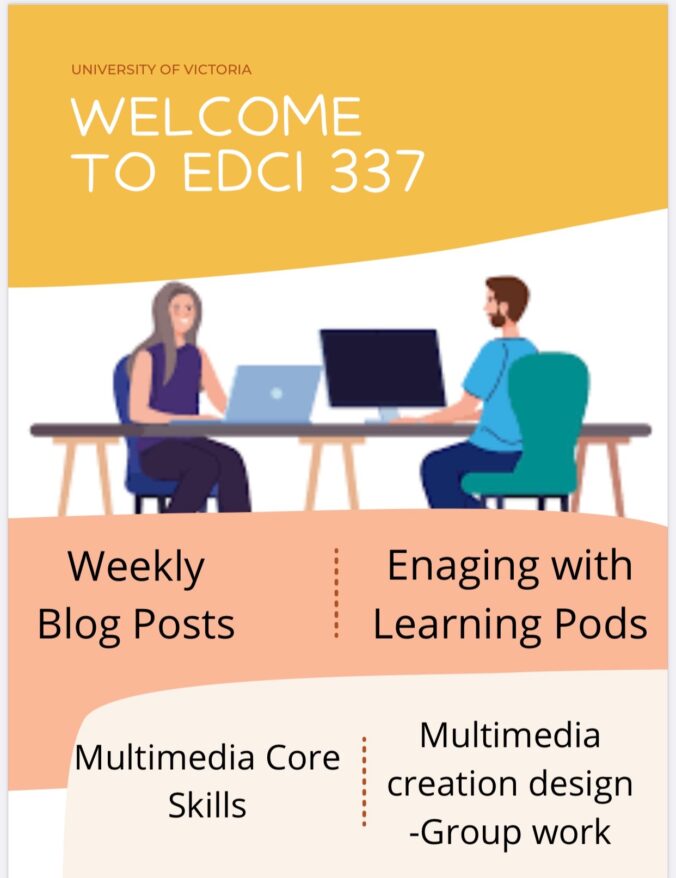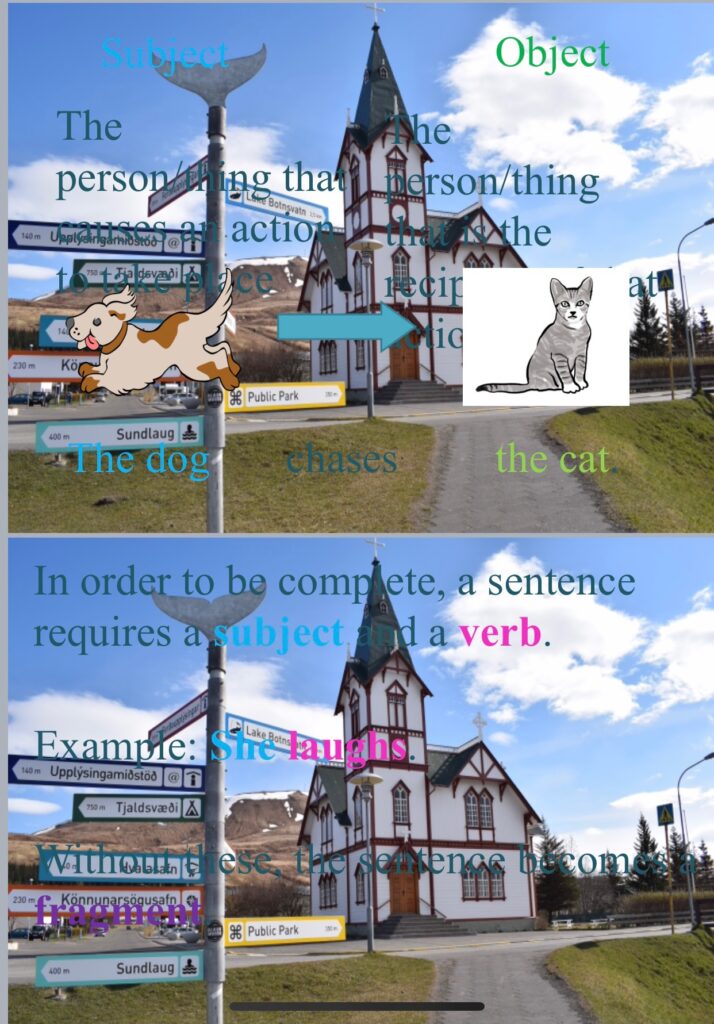Now that the course is coming to an end, we are looking into assessments. Assessments are a way of testing the learner’s understanding of the material. In other words, how has the student comprehended the multimedia methods. In this course, we have designed different types of multimedia tools for different learning theories. We created artifacts like posters, sketchnotes, screen casting, and PowerPoints. The assessments will show how beneficial these tools are to explain material to students. There are many different ways to assess a students learning. The first type is summative ways. This is multiple choice tests, fill in the blank, or true or false questions. However, this way of testing does not provide feedback from the tester (Queen’s University). The teacher also would not know if the student guesses or fully understands the material that is tested. On the other hand, formative assessments aim to capture in-progress learning. For example, in my high school band class, individual’s demonstrated a one-on-one assessment. This showed the teacher if we can properly play the correct notes. This way of testing is not graded, but provides feedback. This is often done before any summative assessments.
Watch this video to understand the importance of assessment.
Assessments are important as the main goal is to improve students learning. After assessments, the teacher can decide if this class is ready to move on, or to re-teach the material. The teacher may notice if the lessons are missing learning theories or multimedia tools that may result in a lack of understanding. Then, teaching strategies may change. In addition, assessment helps motivate students to learn and understand. Students would be more encouraged to practice and learn the new material. Overall, assessments are a great way for the teacher to see who understands and who may struggle.
References
Comb, Catherine. (2021). A Grammar Test for A 4th Grade Student. ProProfs Quizzes. https://www.proprofs.com/quiz-school/story.php?title=pp-mzawmjqynawz6d
Queens University. (2021).What is Active Learning? (n.d.). – Teaching & Learning. from https://www.queensu.ca/teachingandlearning/modules/active/04_what_is_active_learning.html
TIE. (2017) Purpose of Assessments: The Why? YouTube.









